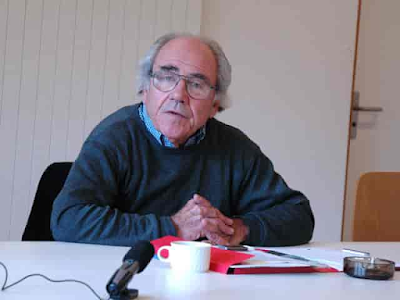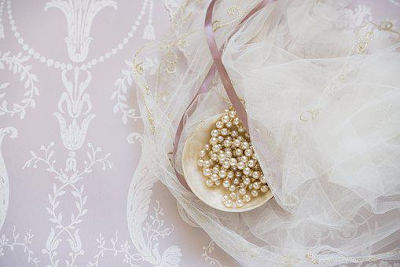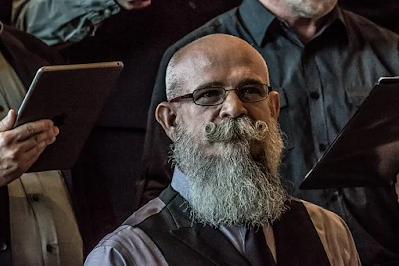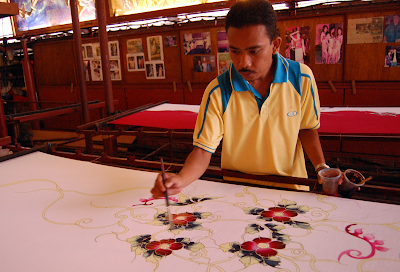Featured
- Get link
- X
- Other Apps
Pierre Balmain
In the French Savoie area, Pierre Balmain was born in 1914 and lived there until 1982.
He spent a year in Paris studying architecture before beginning work as a sketch artist for the Robert Piguet fashion brand in 1934.
From 1934 to 1938, he served as an assistant designer at the House of Molyneux.
From 1939 until 1945, he was a designer for Lucien Lelong in Paris.
He collaborated with Christian Dior, another burgeoning designer, at Lelong at this period.
Balmain established the Maison Balmain in 1945 as a fashion firm with a successful fragrance business.
In 1953, he increased his customer base by entering the American market, displaying his products under the name Jolie Madame.
Although the Balmain perfume company was sold to Revlon in 1960, Pierre Balmain remained the company's owner and lead designer until his death in 1982.
Along with Christian Dior and Jacques Fath, Pierre Balmain was one of "the top practitioners of the New Look age," according to fashion historian Farid Chenoune.
Some of the most attractive and well-dressed ladies in the world, including Katharine Hepburn, Vivien Leigh, Marlene Dietrich, and Queen Sirikit of Thailand, were Balmain's clientele in the 1950s and 1960s.
Balmain's designs were known for their focus on flawless workmanship and understated elegance.
He is credited for making stoles more widely used as accessories.
Keep to the fundamentals of fashion, he once said, and you'll always be in sync with the most recent trends without succumbing to them.
After Pierre Balmain's passing, the Maison Balmain carried on its operations with a number of designers and changing ownership during the 1980s.
In 1982, a ready-to-wear collection was introduced.
Despite foolishly entering into lengthy licensing deals that placed the Balmain brand on a broad variety of items and tarnished the firm's reputation, the company reacquired its perfume business from Revlon.
The first American to hold the post of chief designer at a Paris couture business was Oscar de la Renta, who joined Maison Balmain in 1993.
The company's first collection by De la Renta, which debuted in February 1994 on the catwalk, was a critical and financial triumph.
Most critics concur that de la Renta, who worked at Balmain for over ten years, was successful in resurrecting the business' fortunes as well as the house's former reputation for elegance.
In July 2002, Oscar de la Renta unveiled his last line for Balmain.
He was replaced by Christophe Lebourg, who was appointed in 2003, and Laurent Mercier, who served as artistic director from 2002 to 2003.
Find Jai on Twitter | LinkedIn | Instagram
See also:
De la Renta, Oscar; Dior, Christian; Fath, Jacques; New Look; Paris Fashion; Perfume.
References And Further Reading:
Benbow-Pfalzgraf, Taryn, ed. Contemporary Fashion. 2nd ed. Farmington Hills, Mich.: St. James Press, 2002.
Buxbaum, Gerda, ed. Icons of Fashion: The 20th Century. Munich, London, and New York: Prestel Verlag, 1999.
Milbank, Caroline Rennolds. Couture: The Great Designers. New York: Stewart, Tabori and Chang, 1985.
Pierre Balmain: 40 années de création. Paris: Musée de la Mode et du Costume, 1985.
- Get link
- X
- Other Apps











